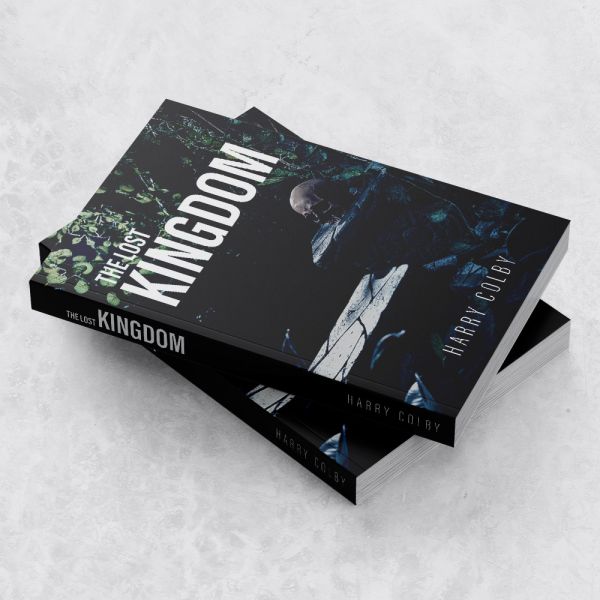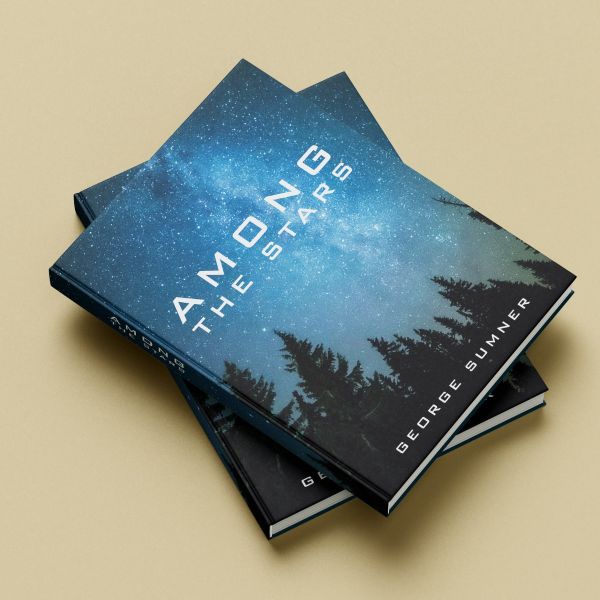Paperback vs Hardcover: What’s Best for Your Book?
When printing a book, one of the most important decisions you’ll face is whether to go with paperback or hardcover. Each format has its own strengths, whether it’s affordability, durability, or market appeal. But how do you decide which one is the best fit for your book?
- What is a Paperback?
- What is a Hardcover?
- Market Appeal and Reader Perception
- Impact on Book Sales
- Paperback vs Hardcover At A Glance
- Frequently Asked Questions
What is a Paperback?
A paperback, or softcover, has a flexible, lightweight cover made from thick paper or cardstock. The pages are glued together at the spine, making it an affordable and practical option for many types of books. You’ll see these books everywhere, from bookstores and libraries to airport kiosks.
Advantages of Paperbacks
Paperbacks are a go-to choice for many books; they’re affordable, lightweight and easy to produce. Lower production costs make them accessible for both independent authors and large publishers, while their portability makes them ideal for travel and casual reading. Another advantage is speed. Paperbacks have a shorter production time compared to hardcovers, meaning they can be printed and distributed more quickly. They also require fewer materials, making them a more sustainable and eco-friendly choice. Given their affordability and accessibility, paperbacks remain the preferred format for mass-market fiction, workbooks, and educational materials, ensuring they reach the widest possible audience.
How Paperbacks Are Made
Paperbacks typically use perfect binding, where pages are glued directly to the spine. While this is a cost-effective method, it may not be as durable as hardcover binding.

What is a Hardcover?
A hardcover, commonly referred to as a hardback, has a rigid cover made from thick cardboard or paperboard, wrapped with a printed sheet. This makes them more durable, and more visually appealing.
Advantages of Hardcovers
Hardcovers are designed for durability and longevity, making them ideal for books that will be frequently handled or kept for years. Their rigid construction and strong binding ensure they withstand wear and tear far better than paperbacks, which makes them a great choice for collector editions, gift editions and corporate materials, where presentation and durability matter. Beyond their physical resilience, hardcovers tend to carry a higher perceived value. Readers often associate them with quality and exclusivity, which is why they are commonly used for special editions, coffee table books, and high-end publishing projects. Some hardcovers also feature thread-sewn binding, a technique that enhances durability and allows the book to lay flat when open—particularly useful for reference books, cookbooks, and premium publications whcih feature multiple pages.
How Hardcovers Are Made
Hardcovers use case binding, where pages are sewn or glued into a rigid cover. This results in a stronger, more durable book, but production takes longer and costs more.

Market Appeal and Reader Perception
Your audience’s expectations - and your book’s genre - play a large role in deciding which format to choose. Whether they realise it or not, readers who choose paperbacks often value affordability and portability, making them ideal for everyday reading. Hardcover buyers, on the other hand, expect a premium product built to last, which is why this format is commonly used for books meant for long-term use. Novels and fiction are mostly sold as paperbacks, though first editions are often released in hardcover. Hardcovers are preferred for academic and reference books, due to durability, and this is the same reason they’re preferred in cookbooks and art books; printing in hardcover enhances the overall presentation and lifespan of the product. Self-published books take a more hybrid approach, and many authors will start with paperback, then release hardcover editions as and when demand grows.

Impact on Book Sales
The choice between paperback and hardcover can have a significant impact on sales strategy and profitability. Hardcovers generally command higher prices, often selling for 50-80% more than their paperback counterparts due to their premium feel and durability. However, this also means they have a more selective audience, as readers must be willing to pay a higher price for the added quality. On the other hand, paperbacks sell in much higher volumes. Their affordability makes them more accessible to a broader audience, leading to more frequent purchases and a wider distribution. While the profit margin per hardcover book is higher, paperbacks generate revenue through sheer volume, making them a popular choice for mass-market publishing. Because of these differences, many publishers release both formats, starting with a hardcover edition to attract early adopters and collectors, followed by a paperback version to reach a wider audience and sustain long-term sales. This strategy allows them to maximize both profitability and market reach while catering to different types of readers.

Paperback vs Hardcover At A Glance
| Feature | Paperback | Hardcover |
|---|---|---|
| Cost | Lower | Higher |
| Durability | Moderate | High |
| Weight | Light | Heavy |
| Production Time | Faster | Longer |
| Perceived Value | Standard | Premium |
| Best For | Mass-market books, workbooks, casual reading | Collectibles, art books, luxury editions |
Frequently Asked Questions
Which format is best for self-publishing?
It depends on your audience. If you want an affordable and widely accessible option, go with paperback. If you’re targeting a premium market or special editions, hardcover may be better.
Are hardcovers worth the extra production cost?
If your book is meant to last for years - such as a coffee table book, gift edition, or reference book - then hardcover is worth the investment.
Can I print both paperback and hardcover versions?
Yes! Many authors and publishers offer both, releasing a hardcover for collectors and a paperback for general readers.
Conclusion
The decision between paperback and hardcover depends on your book’s purpose, target audience, and budget.
- Choose paperback if you need an affordable, fast-to-produce, and widely available format.
- Choose hardcover if you want a premium, durable product that commands higher prices.
- Consider both formats to cater to different reader preferences and maximize sales.
Whichever format you choose, understanding your book’s audience, purpose, and pricing strategy will help you make the right decision. If you’d like to explore more about printing options, check out our paperback book printing and hardback book printing pages.





